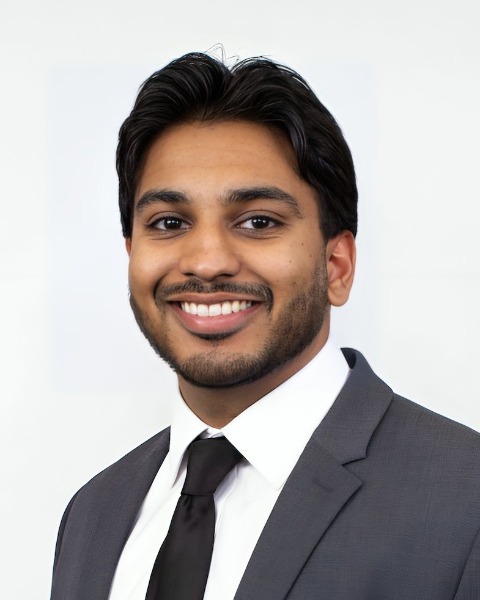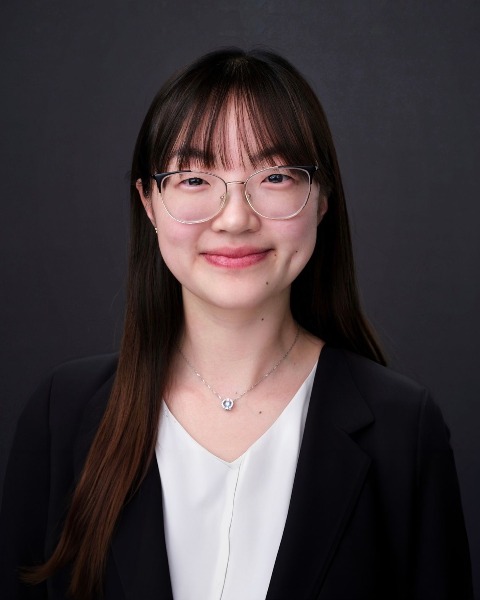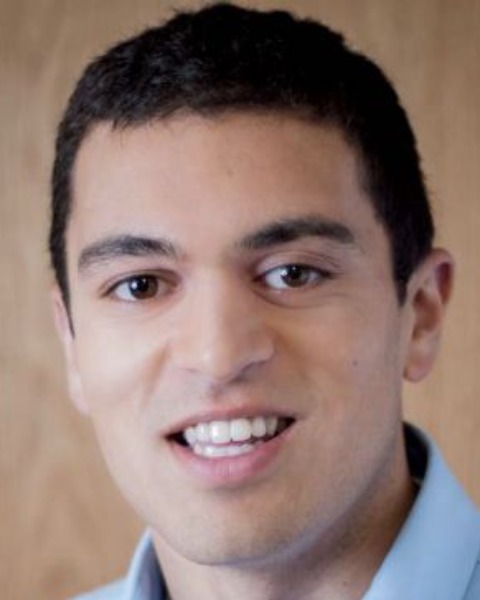SIR 2025
Practice Development
Scientific Session
Featured Abstract
Private Equity in Interventional Radiology: Analyzing Shifts in Practice Structures and Clinic Responsibilities

Rahil R. Patel (he/him/his)
Medical student
The George Washington University School of Medicine, United States
Anna Hu (she/her/hers)
Medical Student
George Washington University School of Medicine and Health Sciences, United States- AE
Ari Ettleson, BS
Medical Student
The George Washington University School of Medicine, United States - SI
Siddhanth Iyer, BS
Medical Student
The George Washington University School of Medicine, United States - MF
Michael Frenkel, BS
Medical Student
The George Washington University School of Medicine, United States - AC
Ansh Chaudhari, BS
Medical Student
The George Washington University School of Medicine, United States 
Kavi Devulapalli, MD MPH
Image-Guided Surgery PLLC, United States
- GV
Geogy Vatakencherry, MD, FSIR
Program Director of Vascular and Interventional Integrated Residency
Kaiser Permanente physician, United States
Presenting Author(s)
Author/Co-author(s)
To evaluate the influence of private equity (PE) on the distribution of vascular and interventional radiology (VIR) job listings, focusing on the prevalence of PE involvement, practice structures, and clinic time allocation.
Materials and Methods:
The ACR and SIR Career Center employment portals were systematically screened for VIR employment opportunities from August 2023 to November 2023. Duplicate listings were identified and excluded. Eligible listings were evaluated for location, practice type (hospital-based academic, hospital-based non-academic, outpatient, hybrid), dedicated IR time, and availability of dedicated clinic time. A subanalysis was performed to isolate and assess listings affiliated with PE groups. Private equity ownership was confirmed through online verification via the company's website and corroborated by physician confirmation. All data analysis and visualizations were conducted using RStudio.
Results:
289 unique IR-related job listings were identified between the ACR and SIR Career Center employment portals. Of the 289 job listings included in this study, 44.3% (n=128) were found to be a part of a PE group. Compared to PE listings, non-PE listings more often reported dedicated clinic time as part of their practice (n=73, 45.3% vs n=41, 32.0%). Among PE listings, 53.1% (n=68) were hospital-based non-academic, 39.1% (n=50) were hybrid, and 7.81% (n=10) were outpatient. In contrast, non-PE groups had a higher proportion of outpatient practices, 23.6% (n=38), with 42.2% (n=68) being hospital-based non-academic and 34.2% (n=55) hybrid.
Conclusion: PE involvement in VIR practices is rising, especially in hospital-based non-academic and hybrid practice settings. In contrast to PE practices, non-PE practices more frequently offered dedicated clinic time and included a higher proportion of outpatient roles. The higher prevalence of PE practices underscores the need for future longitudinal analyses to capture dynamic changes in VIR job markets, such as clinic time and the proportion of high-end procedures, recognizing that understanding these trends is essential for the future of VIR and its trainees to adapt to the field's evolving needs.


.jpg)